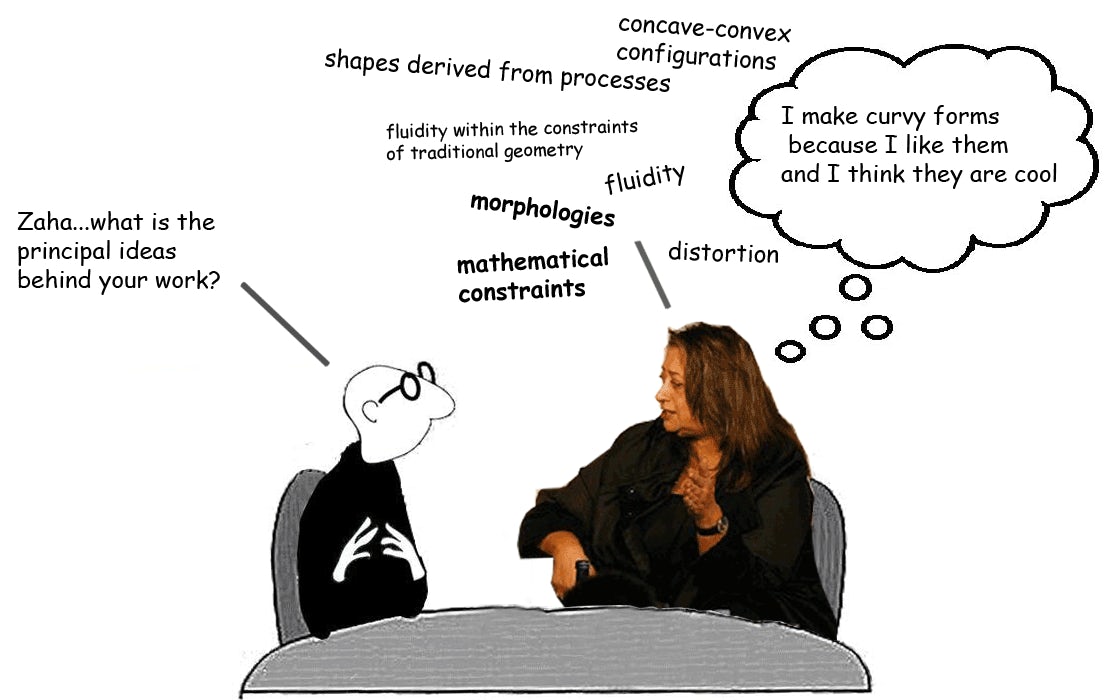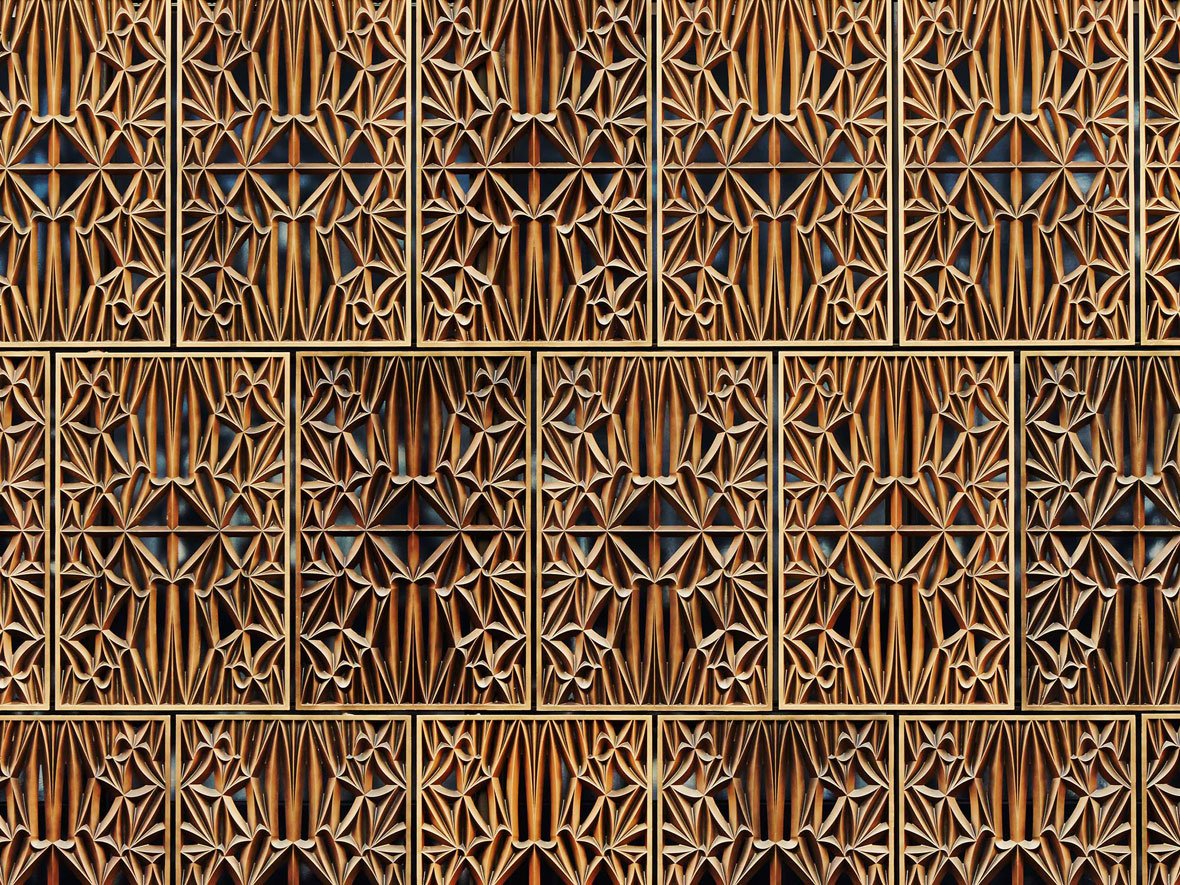“Let me tell you one thing. In the world we live in, 98 percent of what gets built and designed today is pure shit. There’s no sense of design nor respect for humanity or anything. They’re bad buildings and that’s it.”
Frank Gehry’s acrimonious response to a journalist’s question in Spain back in 2014 caused something of an uproar in the architecture community, thanks in large part to its tone — brilliantly harsh — and a memorable visual accompaniment, that now-infamous raised middle finger. Whether you agreed with the man or not, this much-discussed incident proved one, unequivocal thing: Outspoken opinions spark conversations about architecture like nothing else.
The architectural profession has been graced with a long line of Gehry-esque figures — whether they are architects, journalists or theorists, those that shoot from the hip with their views are typically able to provoke impassioned discourse in the process. From Zaha Hadid and Peter Eisenman to Jane Jacobs and Michael Kimmelman, speaking out against the status quo — or challenging the critics — has always been the premier catalyst for debate about the subject we care so deeply about.

Gehry’s F-bomb; via a as architecture
Aside from the usual critics, strong opinions can be put forward by anyone — see Audrey Murray’s article featuring 15 different views on “weird architecture” from the Chinese citizens who live with them. Arguments can also be made with generous helpings of humor, as illustrated by Conrad Newel, whose tirade against architecture media’s “worshipping” of Peter Zumthor garnered multiple, lengthy responses both for and against his column.
Whether through impromptu quotes or carefully crafted op-eds, each of these architects, writers and critics contributed value to the profession in the same way — they harnessed architecture’s innate subjectivity to spark debate. Their assertions formed the beginning of a dialogue that inevitably resulted in a greater mutual understanding of architecture’s polarized perspectives. Regardless of who comes out “victorious” in such arguments, there is always one clear winner — architecture itself, which is broken out of the proverbial echo chamber and thrust into public consciousness.

Conrad Newel’s provocative cartoons are designed to spark debates; via Notes on Becoming a Famous Architect
Of course, being outspoken has its downsides. Architects with loud mouths are often accused of pompous elitism, wielding esoteric language to alienate anyone that might rock the foundation of their argument. The stereotypical architect is conceited, defensive, dismissive of views that don’t align with his or her theoretical standpoint. A certain Frank Lloyd Wright did not exactly help quell this perception with some of his more memorable quips. “Early in life I had to choose between honest arrogance and hypocritical humility,” reflected Wright. “I chose the former and have seen no reason to change.”
Worse still, architecture’s intrinsic links to complex sociopolitical issues means that a poorly worded statement or a controversial opinion can cause serious offense within the profession, or even public outrage. Patrik Schumacher experienced this firsthand, when he proposed that all social housing be abolished in favor of a free-market model. “I have been painted as a fascist and we had demonstrations outside of our office,” revealed Schumacher in a recent interview with Architizer. “I was literally chased down the road by demonstrators screaming, ‘Stop the fascist.’”

Patrik Schumacher at the World Architecture Festival in Berlin; via World Architecture Community
Schumacher freely admits that the “provocative, speculative” choice of words in this scenario was somewhat regrettable. “I have to learn to be more reflective about which context is going to absorb which level of uncensored frankness without too much upset,” he reflected. Nevertheless, the incident got people talking once again about the housing crisis facing the U.K., with many stepping in to defend social housing with great ferocity. While it may not have been his intention, Schumacher’s statement launched a counterargument that may not have been articulated otherwise.
In every case cited above, each protagonist achieved what they set out to do — they stoked the fires of debate and got more people talking about buildings than ever before. While architects like Gehry can justifiably be labeled combative in their approach to discourse — belligerent, even — one thing they can never be accused of is apathy. They care deeply about making the world better through great architecture, and their opinions are therefore worth listening to and debating heartily.
So, when the dust settles on your next architectural argument, just remember — everyone involved is likely a little wiser about different approaches to design as a result. That has to be a good thing.



